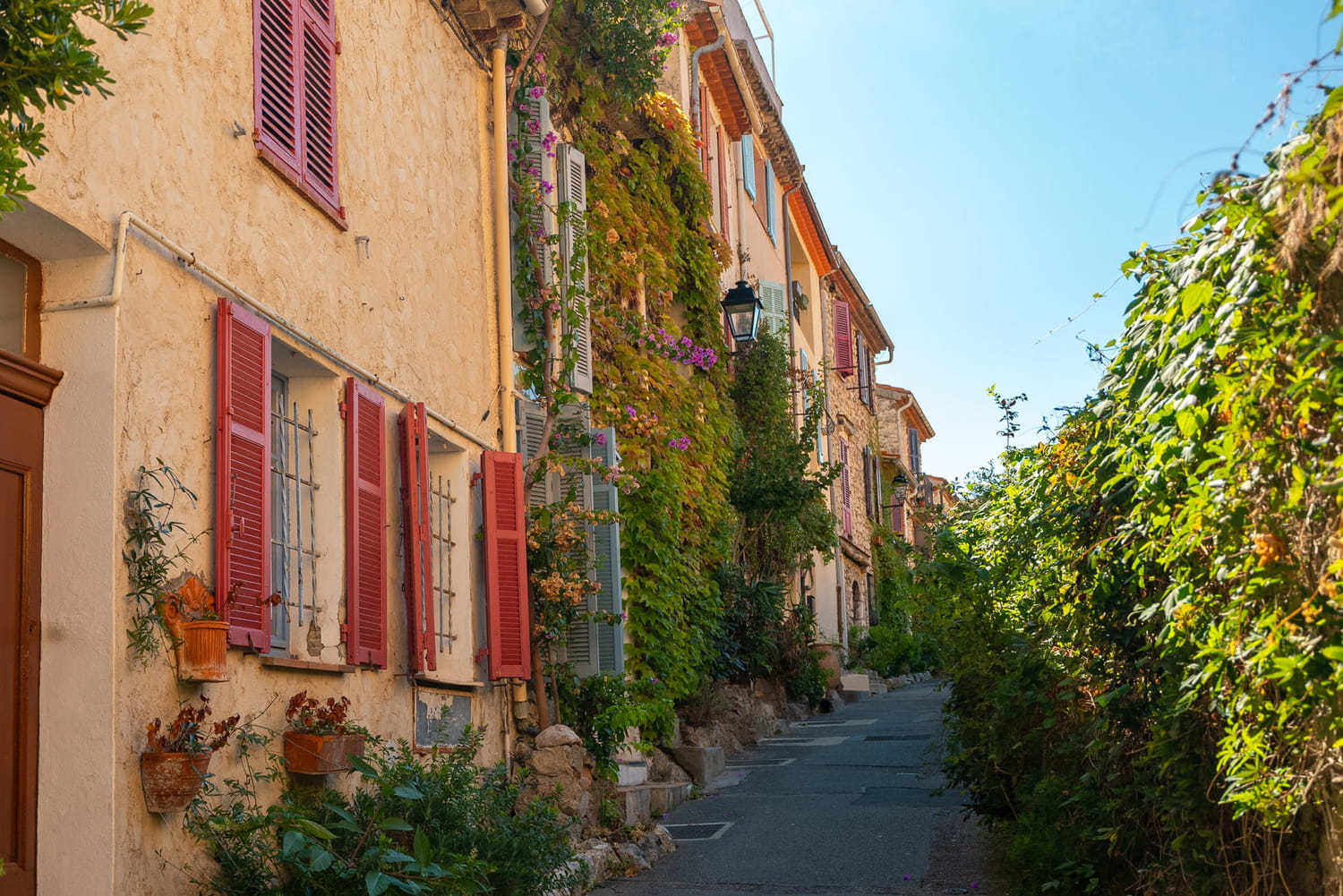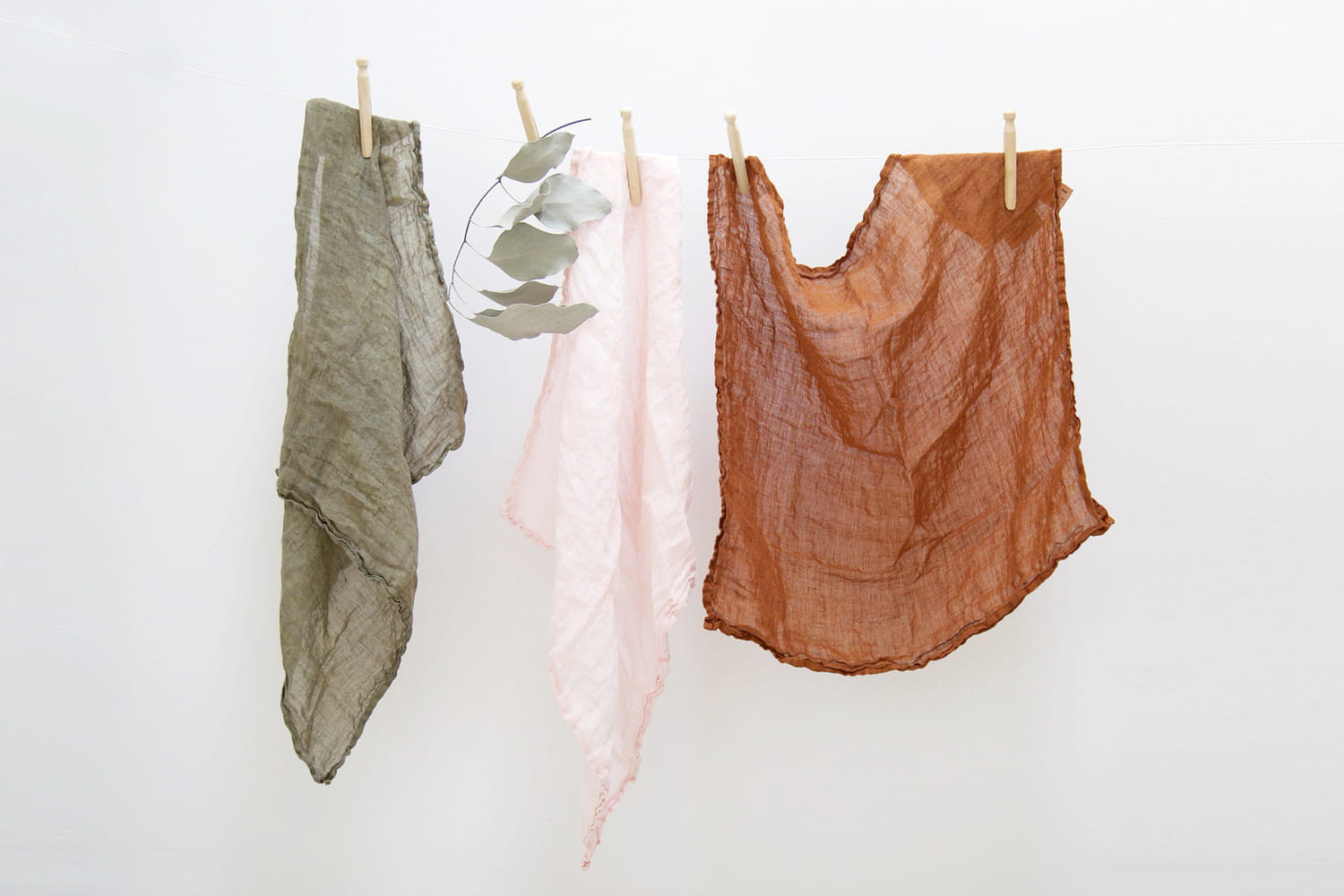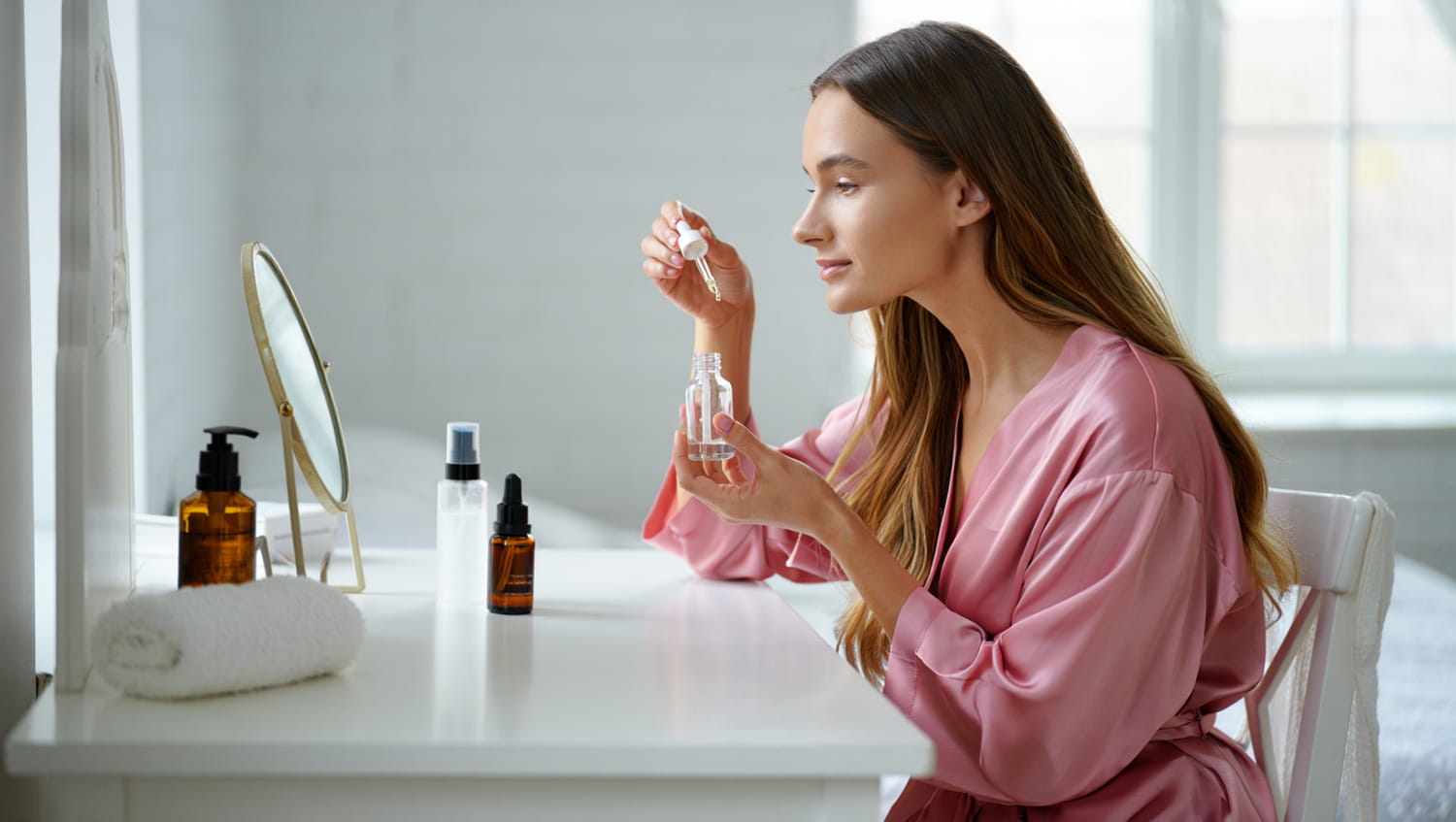Do you want to give beautiful colors to your textiles without opting for chemicals? The vegetable dye, a natural way of coloring your fabrics with plants, is undoubtedly for you. We invite you to discover the main principles to dye your textiles yourself and offer you this indigo blue cushion that you dream of.
If you probably already know the natural dyes for the hair, based on henna for example, you may not know that it is also possible to dye your textiles from plants. It is actually the ancestral technique to color the fabrics and it returns in force in the universe of DIY in order to opt for textiles tinted without chemicals. And since the choice of plants is large, the vegetable dye represents an infinite source of shades and shades while respecting the environment and the skin. Onion, thyme, lawyer, beet, blueberry… your shopping basket, for example, very pretty pigments.
The choice of tissue to dye and its preparation
So that the vegetable dye works at best, you have to prefer a natural fabricnamely cotton, silk, flax or wool. On synthetic textiles, the result is uncertain because the color pigments do not always manage to fix due to the treatments that the fabric suffered during its manufacture. If you want to dye a synthetic fabric, you will have to test beforehand. On the other hand, there are no restrictions on the type of accessories! You will be able to make cushions, plaids but also tablecloths and towels or any other decorative accessory in addition to clothes.
Before dyeing, all the textiles will have to be washed with soft water and soap to rid them of their primer. This will prepare the fiber for the grip of dyes. But this washing will not be sufficient and it will be necessary to bite the textiles by plunging it into a bath of water, alum (30% of the weight of the fabric) and tartar cream (7%). You will boil an hour before letting cool, rinse and let it dry. If you don’t have an alum, soak the fabric for half a day in a bowl of water with white vinegar.
The basic principle to dye your fabrics
The vegetable dye is not complex to perform, it simply requires a little patience. For a stain by decoction, after the bite, you have to prepare the dye bath By placing the plants in cold water and heating until boiling for an hour. To prevent plants from making stains on the textiles, we prefer to filter the preparation and let cool. We can then immerse the fabric in the bath by boiling it again. Be sure to stir enough for the dye to be uniform and monitor the coloring to be able to drain the fabric once the desired shade is obtained. It will then be enough to let cool and rinse with clear water and then extend the realization for drying.
If you use fresh flowers or berries, the vegetable dye should be done by single bath and the berries will have to macerate for a few days.
Flowers, plants and leaves for each color
To obtain a natural dyeit is possible to use leaves, flowers, roots or bark of tinctorial plants. Many resources can thus be used while knowing that the color obtained will not always be the same depending on if you use the flower or root of the same plant. In all cases, you must ensure that the plants chosen are not toxic, especially once heated. Here are some example of plants that you can use according to the desired color:
- The tones of red : You can opt for garance, red onion peels or hibiscus flowers.
- The tones of pink and mauve : The blueberries will allow you to obtain a dye ranging from purple purple. The poppy will vary the nuances depending on the amount of petals.
- The tones of blue : To obtain an indigo shade, use the pastel leaves of the dyers or Guède or the Persicaire in Indigo. You will also get blue shades with blackberries and lavender flowers. Blueberries will also be able to give blue, especially if we add ash laundry as an additive.
- The tones of YELLOW : They are obtained with a wide variety of plants and extend from yellow to green through more orange colors. You can use the saffron, the onion peels, the thousandpertuis, the artichoke, the sunflower or the turmeric.
- The tones of Green : opt for thyme, fern or spinach.
- The tones of brown beige : Use the bark of juniper, pedunculated oak, chestnut or maple.
Internships and books to learn vegetable dyeing
For those who would not dare to get started alone, there are courses to learn about vegetable dye. The lessons allow you to learn more about the different plants that can be used and you will generally make the dye of a small room to understand the technique. And to test at home, you can turn to works like:
- Vegetable dyes from Aurelia Wolff to Eyrolles editions
- Natural dye guide From Marie Marquet to Belin editions
- The vegetable dye guide From Abigail Booth to Dessain and Tolra editions
Finally, for the most lazy, know that the Whole brand only offers colored textiles from plants.








